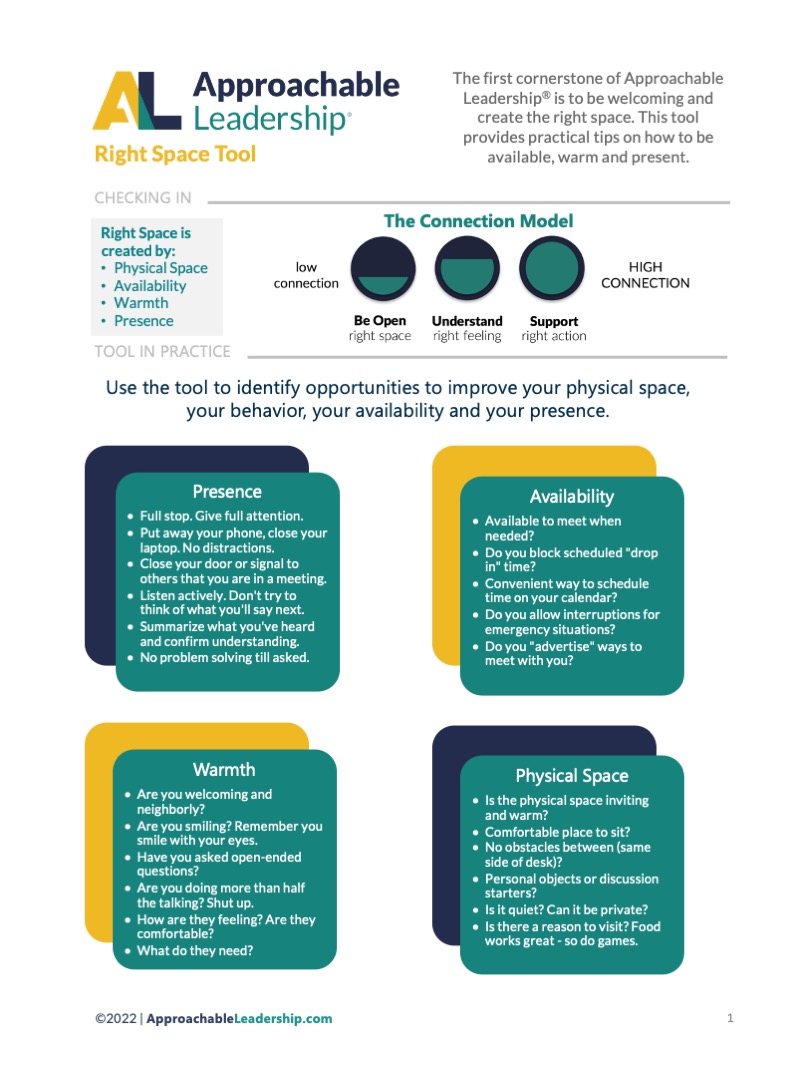Not everyone wants to lead others.
When you were promoted to a leadership position did anyone ask, “Do you want to lead others?”
It’s an interesting question. What if your truthful answer is no – would you be honest? Because in most companies if you don’t want to lead others you’re stuck. You don’t get the promotion. You don’t get the raise (although often that first level leader position becomes a pay cut if you don’t qualify for overtime). You aren’t considered a team player.
This is what causes people who don’t really want to lead others to accept leadership positions anyway. If they say no their growth opportunities vanish. What growth opportunities does your company give workers who don’t want managerial positions?
Imagine your outside salesperson is amazing at her job. She’s the best you have. She has great relationships with the customers and coworkers. She consistently brings money in. She is sharp. Rarely does she make a mistake. To you, she is the most deserving of the open management position you are trying to fill. So you offer her the job.
She is excited and grateful, you can tell. But she’s a little hesitant. What would transitioning into a leadership role mean for her? It would mean being in the office all the time instead of getting out in front of customers (who are now her friends). It means a lot more paperwork (thinking about this makes her wince). It means she’s responsible for solving interoffice drama and dilemmas instead of taking her usual route and keeping her distance. It means being in charge of budgets and inventory, discipline and process sheets. In essence, it would mean being promoted right out of doing the things she loves.
What happens next? Disengagement.
And as report after report shows, lack of engagement is a dead weight on your company…it’s also not great for the disengaged employee.
One organization, Saatchi & Saatchi Wellness, recognized this paradox at their own company and created something called a “craft track.” The craft track “recognizes the creative output and hard work of team members by giving them an alternative means of gaining raises and promotions, while still practicing their craft.” In my experience most organizations don’t have a system set in place for people like this. Can you create something like this at your company? Is there a way for people who don’t want to be leaders to continue to grow and develop at their craft? Or is leadership the only path to advancement in your company?
[Tweet “Grow leaders who want to lead – don’t force them into leader roles they don’t want.”]
Your company may be small like ours. Maybe all your positions are “craft track” positions. Or you may promote several people to leader positions each month. Either way, what is most important is making sure you focus on each individual’s goals and aspirations before you push them toward one track or the other. Build relationships and get to know your coworkers (our new book has more than a few suggestions). The more you focus on enriching relationships with people, the more obvious it is who will thrive where.
In our consulting practice we see a lot of damaged workplaces. Often at the center of these problems is a leader who really isn’t suited for the role and who never really wanted to lead others in the first place. Moves like this are a great way to lose top talent (in the example above you lose your best salesperson and gain a terrible sales manager). Make sure that your company doesn’t make this classic error. Grow and develop leaders who want to lead others instead of forcing people into leadership roles they don’t want in the first place. Your team will thank you.
Have you ever promoted the wrong person in a leadership role? Looking back, was there a developmental opportunity that would have been better suited that individual? What can you do in your own organization to create promotion opportunities for employees who aren’t interested in leadership?






